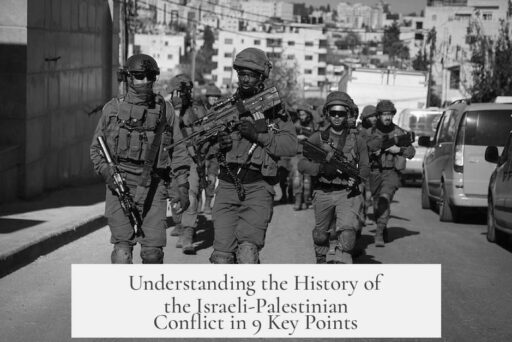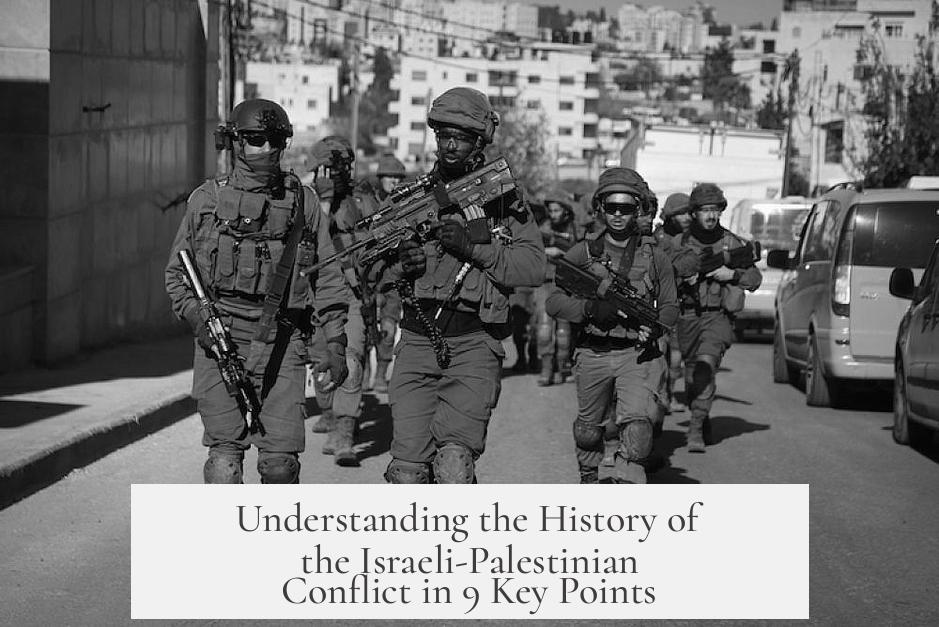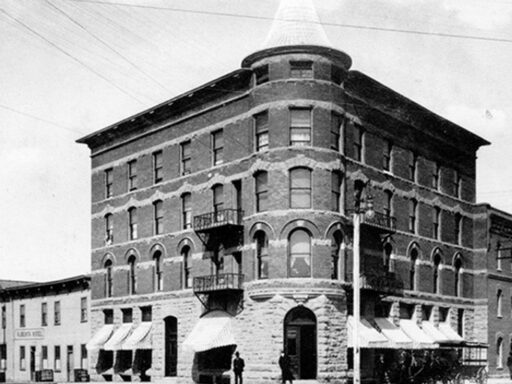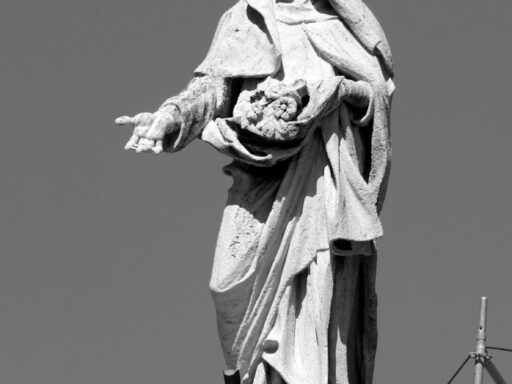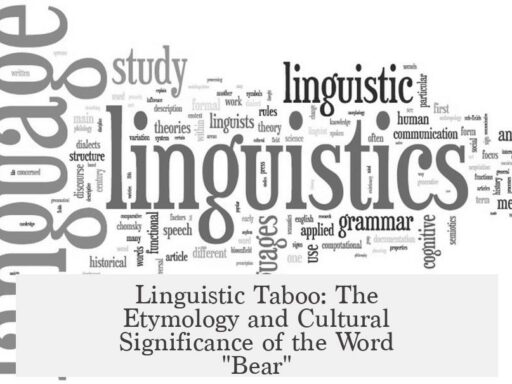The history of the Israeli-Palestinian conflict begins in the late 19th century, rooted in European sociopolitical dynamics and the rise of nationalisms. It is not an ancient feud but a modern conflict that unfolded during the period of significant upheaval for Jewish populations in Europe.

The majority of the world’s Jewish population lives in Europe in the late 1800s. Jews face widespread discrimination and exclusion despite some integration. The “Jewish question” debates their belonging in European nation-states like France or Poland. In some countries, these debates result in violence and persecution. This environment shapes Jewish perspectives and responses.
Jewish communities respond in diverse ways to antisemitism. Many from Russia and Poland migrate to the United States to seek safety. Others in Western Europe attempt assimilation by emphasizing their national identities or even converting religions. Some Jews advocate socialist ideals, aiming for societal revolution to end discrimination. A small but significant group turns toward religious revival or messianic hopes.

Among these responses emerges early Zionism, advocating a Jewish return to Palestine. This vision comes from Jews in the Russian Empire seeking political autonomy and safety through reestablishing a presence in what they see as their ancestral homeland.
In the late 19th century, Palestine is under Ottoman Empire control, a multiethnic domain where national identity is less important than religious and imperial affiliations. The population primarily consists of Arabic-speaking Muslims, with smaller Jewish and Christian communities. At that time, Palestinians identify more with their religion and the empire than with a distinct national identity.

Jewish migration to Palestine begins as some Europeans move there to establish farms. These settlers, influenced by European ideas, wrongly assume Palestine is largely empty and that local inhabitants will welcome European agricultural methods. However, local Muslim Palestinians and Ottoman authorities view these moves with suspicion. Early tensions and skirmishes arise as the newcomers infringe on existing social and economic structures.
Moreover, Jewish settlers struggle with farming techniques suited to the region, leading them to hire local Arab laborers. This shift adds a new social dynamic where Arabs become employees under European Jews, intensifying local resentments. These economic and cultural conflicts sow deeper divisions between Jewish immigrants and Arab residents.

- Origins and Sociopolitical Context: The conflict begins in Europe with Jewish populations facing exclusion and persecution.
- Jewish Migration and Responses: Migration, assimilation efforts, socialism, religion, and Zionism reflect Jewish responses to antisemitism.
- Palestine under Ottoman Rule: Palestine is a multiethnic territory with religious rather than national identities predominating.
- Early Jewish Settlement: Jewish settlers encounter resistance and cultural clashes in farming and labor relations.
This early period sets the stage for prolonged conflict fueled by competing nationalist aspirations, demographic changes, and colonial and imperial interests in the Middle East. What starts as a minority movement for autonomy and safety escalates into a contested national struggle involving both Jewish and Palestinian Arab populations.
Key factors further complicate the situation in subsequent decades. These include the fall of the Ottoman Empire, British colonial mandates, increased Jewish immigration spurred by European antisemitism and the Holocaust, and emerging Palestinian nationalism.

The conflict today remains deeply rooted in these historical dynamics, shaped by legacies of displacement, identity, and political struggle.
| Aspect | Details |
|---|---|
| Timeframe | Begins late 1800s, intensifies 20th century |
| Jewish Diaspora Location | Primarily Europe, esp. Russia, Poland, Western Europe |
| Jewish Responses | Migration (USA), assimilation, socialism, Zionism, religion |
| Palestine Control | Ottoman Empire until early 20th century |
| Population | Mostly Arabic-speaking Muslims, minority Jews and Christians |
| Early Conflicts | Land disputes, labor tensions, cultural misunderstandings |
- The conflict’s roots trace to 19th-century European antisemitism and nationalism.
- Zionism arises as a Jewish response, seeking a homeland in Palestine.
- Palestine is a diverse Ottoman territory without clear national identities.
- Early Jewish settlement causes economic and social friction with Arab inhabitants.
- The legacy of these origins influences ongoing Israeli-Palestinian tensions.
The Origins and History of the Israeli-Palestinian Conflict Explained

Can someone explain the history of the Israeli-Palestinian conflict? Absolutely! The roots are surprisingly modern, emerging just over 100 years ago in the late 1800s. It’s not about ancient battles or biblical times but about complex social, political, and cultural shifts tied to nationalism, migration, and identity in Europe and the Middle East.
Let’s dive deeper into how this modern conflict took shape, step by step.

Why Does This Conflict Go Back Only About 100 Years?
People often imagine the Israeli-Palestinian conflict as ancient history. That’s a common mistake. The big story starts in the late 1800s, mainly in Europe. At that time, most Jews lived in Europe, especially Eastern Europe—places like Russia and Poland.
There was a burning question in Europe: Could Jews truly belong in modern nation-states such as France, Poland, or Germany? This uncertainty was called “the Jewish question.” It wasn’t just academic; Jews faced discrimination and exclusion everywhere. In some places, this escalated to violent attacks.
“If Jews can’t safely live in Europe, where do they go?”
How Did Jews Respond to European Antisemitism?
They didn’t just sit and suffer in silence. Jews explored many paths. A large number, especially from Russia and Poland, moved to the United States for safety and opportunity. Others tried to blend in by publicly aligning with their country’s identity or even converting to Christianity.
Some were socialists, hoping to overthrow the very institutions that marginalized them—and even created distinct Jewish socialist groups. Meanwhile, others embraced religion, yearning for messianic redemption to save them from persecution.
Enter Zionism: What Was It?
A small but passionate group of Jews in the Russian Empire began advocating for a return to a homeland, based on a belief that Jewish autonomy in Palestine—seen as their ancestral home—could be their salvation.
This was the birth of early Zionism: the idea that Jews needed a national home to escape undying European hostility.
What Was Palestine Like in the Late 1800s?
Back then, Palestine wasn’t an independent country at all. It was part of the Ottoman Empire, a patchwork of ethnicities and religions. People living in Palestine mostly identified as Muslims within the Empire—not as Arabs or Palestinians in the nationalist sense we think of today.
There were Jews and Christians, but in smaller numbers. Importantly, nationalism was not the main lens for identity. The concept of a “Palestinian” national identity was therefore minimal or non-existent at the time.
How Did Early Jewish Settlement in Palestine Ignite Conflict?
Returning Jewish settlers from Russia and Europe started buying land and setting up farms. But here’s a twist: these settlers carried European ideas. They saw Palestine as an “empty” land waiting for modern European progress.
That was a grave misunderstanding. The local Muslim population—and Ottoman authorities—saw these newcomers as a threat. Tensions quickly arose.
Moreover, the Jewish settlers lacked agricultural experience suited to Palestine’s environment. They had to hire local Arab laborers to work the land. This created economic tensions, as suddenly the Jews were employers and the Arabs became wage laborers on land many locals considered theirs.
So the conflict wasn’t just ethnic or religious—it was about land, power, economy, and identity—and this combustible mix birthed ongoing tensions.
Why Does This Matter Today?
This history helps us understand the deep roots of mistrust and friction. Each side has a narrative shaped by displacement, survival, and the struggle for recognition and security.
Here’s a question to ponder: If the Palestinian national identity was still emerging at the turn of the century, how has the conflict shaped those identities since? And conversely, how have Zionism and Israeli state-building influenced modern perceptions?
Practical Takeaways From This Complex History
- Understand the timeline: The Israeli-Palestinian conflict is a modern political and national conflict, not a relic from ancient history.
- Recognize multiple perspectives: Both Jewish settlers and Palestinian locals had valid fears and aspirations shaped by their experiences.
- Acknowledge economic and social factors: The conflict is grounded not only in religion and ethnicity but also in socio-economic realities like land ownership and labor dynamics.
- Nationalism vs. Empire: The transition from Ottoman rule to European colonial and nationalist projects reshaped local identities in ways that still affect the conflict.
Final Thought
Understanding this conflict requires looking beyond the headlines and seeking the nuanced history of people navigating survival, identity, and belonging in a changing world. The Jewish migration motivated by antisemitism and early Zionist hopes collided with the lives and identities of communities in Palestine under Ottoman rule. The resulting conflict still echoes through the 21st century.
So next time you hear about the Israeli-Palestinian conflict, remember: it’s not ancient folklore. It’s a 19th-century story made real by the choices and chances of human beings, each trying to carve out a space to call home.
